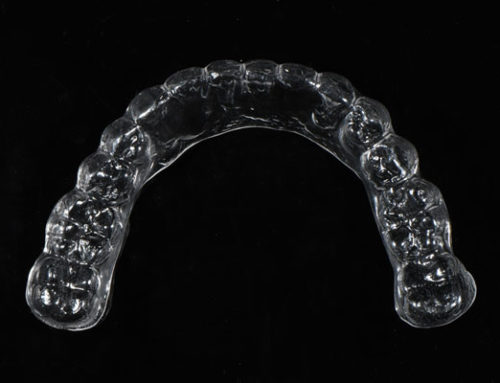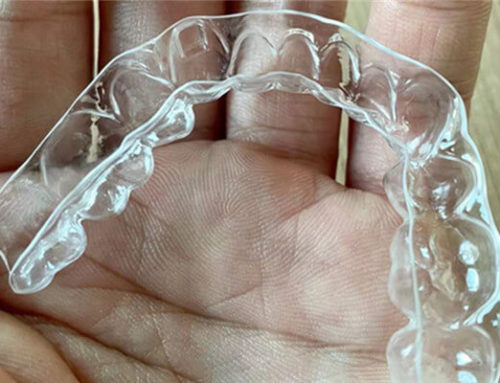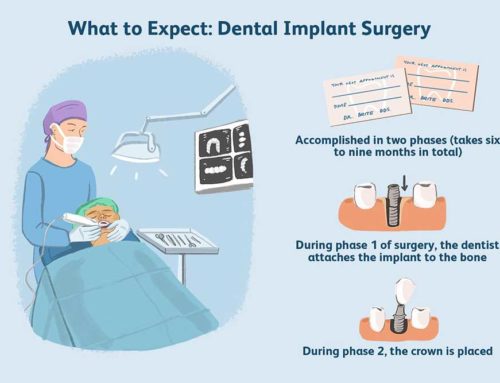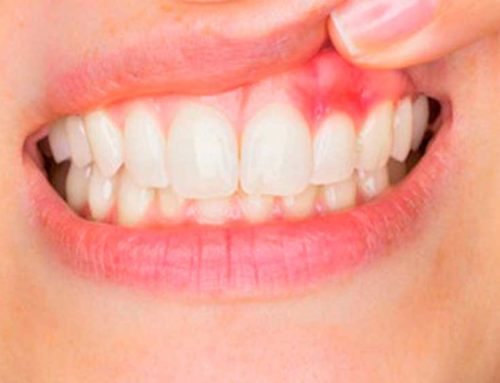One of the oral health problems you may face is exposed tooth roots. Find some signs of exposed roots and what you can do. If you notice these signs, please contact your dentist as soon as possible.
1. Increase tooth sensitivity
Regardless of whether your teeth are naturally sensitive, you may notice that the first sign of exposed roots is an increase in tooth sensitivity, especially at hot and cold temperatures. When the food or drink is too cold or too hot, your teeth may feel pain or deep pain, but when the food or drink is warm water or room temperature, there is no problem.
Tooth sensitivity may also occur when brushing your teeth. If you suddenly notice tooth pain while brushing your teeth, especially when you are close to your gums, this may be a sign of exposed roots.
2. Long tooth
Another potential sign of exposed roots is actually the appearance of your teeth. If you find that your teeth look long, you may have severe gum recession, which may cause the roots of your teeth to be exposed.
Although this may be a useful visual signal that there is a problem with your teeth, it is not the best sign that your roots are exposed. However, if you have sensitivity and your teeth look very different, you may have reason to worry.
3. Severe pain
When the root of the tooth is exposed, the nerves connected to the tooth will be exposed, and the exposed nerve will cause pain. When you breathe, eat, drink or do nothing with your mouth, your gums or teeth will be severely painful, which indicates that you should seek dental treatment immediately. Exposed roots are a common cause of this sudden and severe pain.
4. Treatment programs
When you think your roots are exposed, the first step is to see the dentist. If you feel severe pain and your regular dentist is not there, check with an emergency dentist near you. They can help determine the cause of your exposed roots and suggest treatment options.
Sometimes, replacing the toothpaste designed for tooth sensitivity is sufficient to relieve the symptoms. Dentists can also provide medicines to help sensitive and strengthen tooth enamel, thereby protecting the roots.
If gum disease involves exposed roots, you may need special cleaning, antibiotic mouthwash, or even oral antibiotics. If your gums recede badly, your dentist may ask you to go to a periodontist for gum transplants and other treatments. Other treatments for exposed roots include fillings, crowns and other standard dental procedures.
If the tooth is not in good shape to restore it, tooth extraction is also an option. When your dentist recommends tooth extraction, they will usually also provide a decorative dental prosthesis, such as a bridge, a denture, or even a dental implant, to make your teeth look as good as possible.
If you know these signs of exposed roots, and the options available to treat this condition, you can contact your dentist immediately, as soon as you think your roots may be exposed. The sooner you seek care and treatment for exposed roots, the sooner you can relieve pain and discomfort and prevent the problem from affecting your other teeth.




